Environmental impact and efficiency are two major pressures the construction industry has always faced, but now more than ever. For that reason, there’s an increasing move away from conventional construction methods towards something more sustainable, such as modular construction.
Modular construction is a term used to describe the construction method where the majority of the assembly of the building is performed off-site, typically in a factory-like environment. Once the assembly is done, these modules are taken to the site and joined together by getting attached to a podium or frame that’s constructed in a conventional manner. While modular construction isn’t necessarily new, its increase in popularity certainly is a somewhat recent trend in Australia. Here are some of the reasons this type of construction is on the uprise.
Faster Building Times
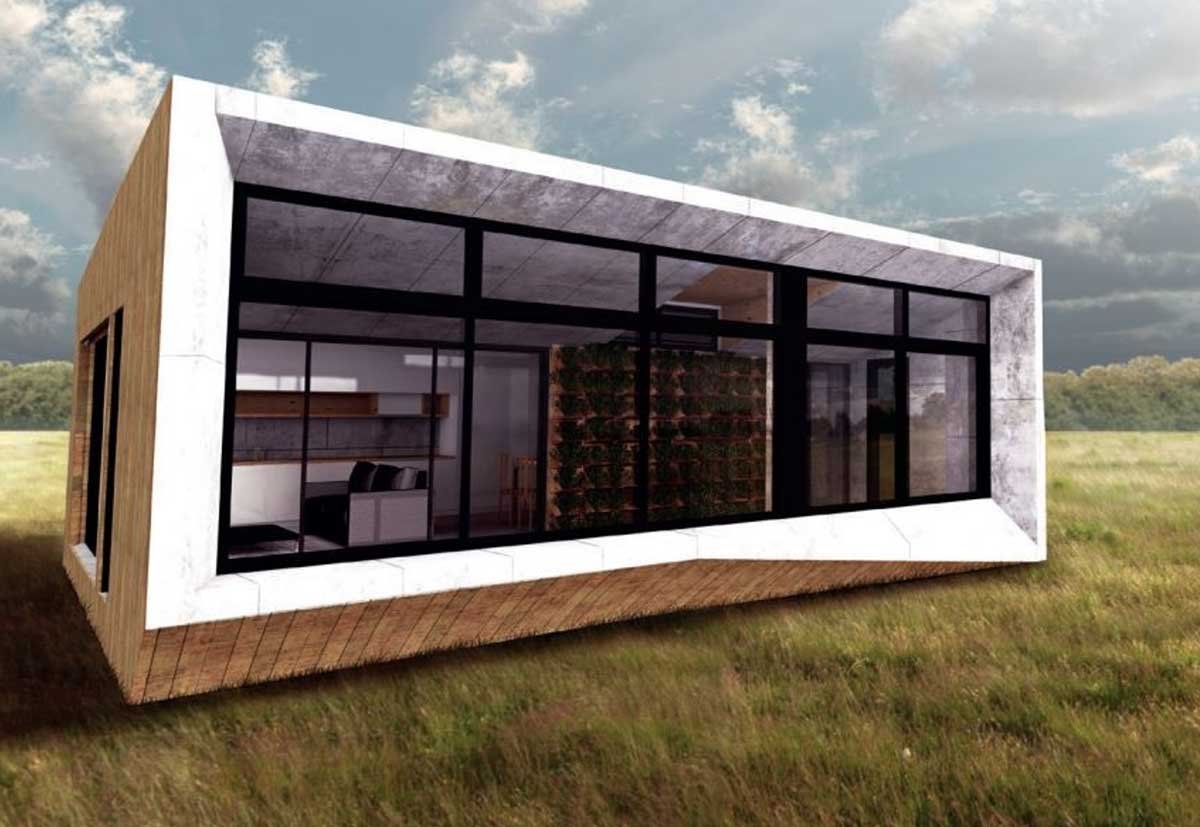
Modular construction has faster building times that conventional construction. All the modules are built in a climate-controlled environment, so there are no weather delays. That being said, a modular company can create modules all year round in all type of weather conditions, and they can have multiple shifts of employees working to increase production.
For that reason, modular construction can reduce the standard building times by as much as 50%. Even once the modules are assembled, “installing” them on-site can be performed relatively quickly in a matter of a few days. This can be extremely beneficial in situations where slow construction can lead to road closures.
Less Waste
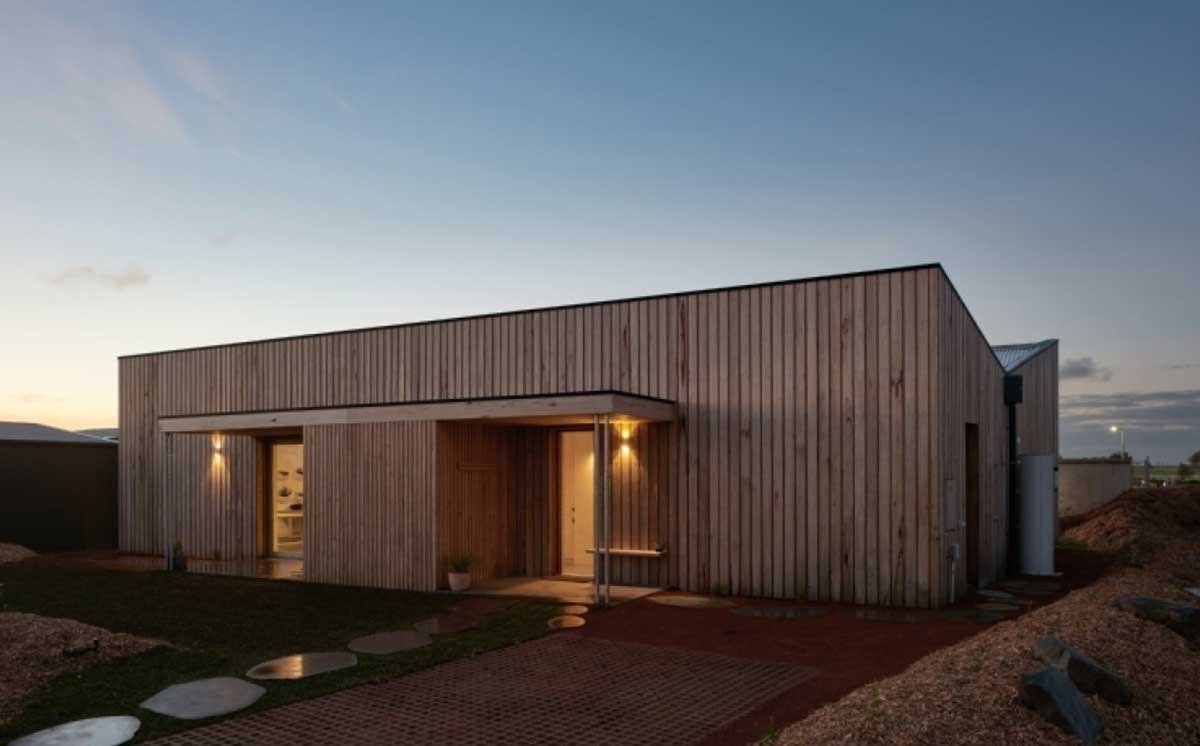
Since almost everything is made inside a controlled environment, it’s more cost-effective and easier to recycle the materials used in the construction process. Almost half of the landfill waste in Australia is a result of the excess materials used in the construction industry, and modular construction can help fix that. Furthermore, you can always add more modules to buildings that require expansion, and you can always take apart and repurpose modules from buildings that need to be removed.
Additionally, the overall energy use in the modular construction process is significantly less than the amount of energy used for on-site construction. This is a result of the faster building times, efficient transportation of materials, equipment, labour, and the fact that the building process is environmentally sound thanks to optimisation from machine learning. On-site energy use is substantially lower as well.
The Potential for Creating a Carbon Positive House
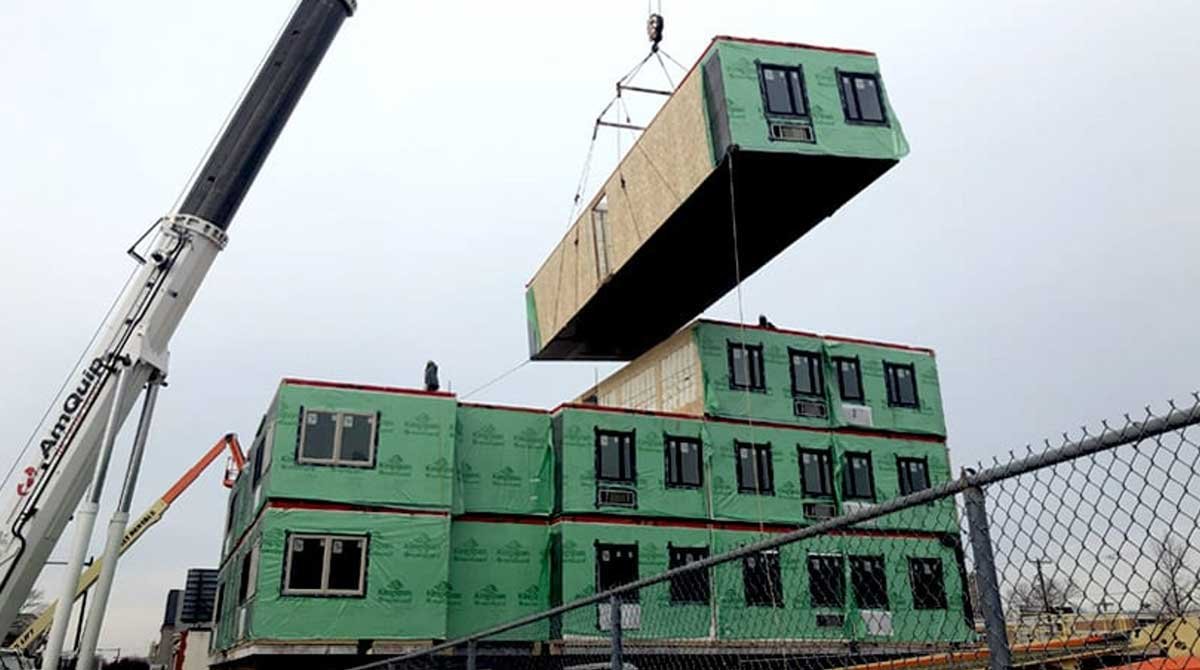
Modular construction often incorporates a variety of features in order to reduce the overall energy usage and make the house self-sustainable. Popular design options that can help you create a carbon positive house with the help of modular construction include the implementation of structural insulated panels as well as solar systems.
Structural insulated panels combine two layers of insulated foam, resulting in seals that are significantly more airtight than fibreglass insulation. This improves the temperature maintenance properties of the house, and thus, reduces the need for air conditioning or heating.
The integrated solar system means that you don’t need to rely on energy from the grid, and is essential when building a carbon positive house. Since modular homes have modest energy requirements, it’s easy for solar systems to fill those requirements. A solar system on a modular house can prevent up to 2.5 tonnes of carbon emissions annually.
Moreover, contemporary modular home designs include a range of eco-focused features, such as LED lighting, low flush toilets, battery banks for energy storage, occupancy sensors, solar water heaters, electric carports and double glazed windows in Sydney.
Modular Construction Myths

You’ll often hear a couple of reasons as to why people still avoid modular construction. While these reasons might have held some weight a decade ago, the industry as a whole has gone a long way, and most of these myths are just that, myths.
For instance, some people claim that modular manufactured houses are of inferior quality to conventionally manufactured houses. That can’t be further than the truth. Technological advancements have made it so modular houses are manufactured using sophisticated machinery, computer controls, measuring and cutting equipment. No matter how you look at it, factory machinery working in sync in a controlled environment results in a superior product than a product put together by hands. Furthermore, these controlled working environments have diligent inspection procedures that have to be passed before the product is final.
Then, there’s also the fact that many people avoid modular construction when it comes to building their home because they believe that it doesn’t offer design flexibility. While prefab homes used to have that recognisable and uniform “box” look in the past, today the modular building method allows a great deal of customisation. That being said, today you can find modular homes in a wide range of styles, including ranch, colonial, contemporary and more.
Another myth is that modular homes aren’t appreciated in value the same as conventionally-built homes and that the shipping costs negate a large portion of the savings from modular construction. Both of these things aren’t true. Distinguishing between conventional and modularly built homes is often difficult, so why should there be a value discrepancy.
And as far as the shipping costs go, keep in mind that the construction materials used in conventional construction also have to be transported. The difference is, there’s usually a middleman transporting the materials in conventional construction.
Most of the time, this means that modular construction is significantly more efficient, affordable and effective than on-site construction. Modular buildings aren’t subjected to varying material quality, human error and disorganised on-site construction crews.
The Future of Modular Construction
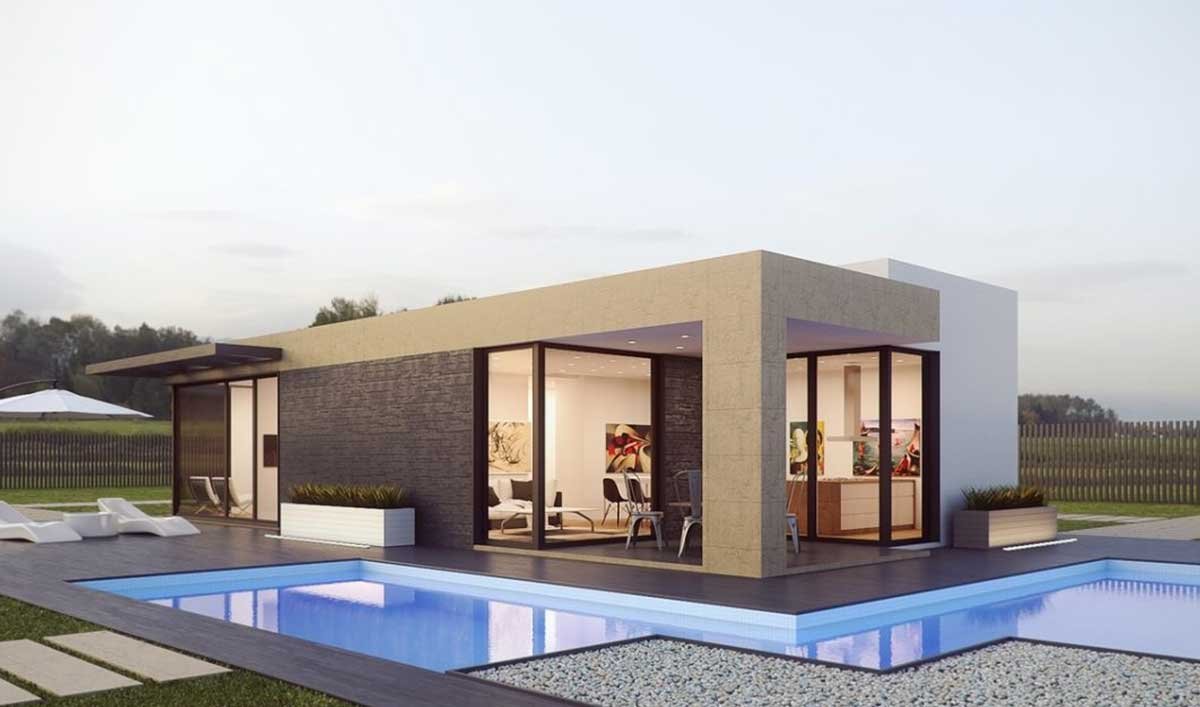
As the demand for housing grows, so do the existing prices of available homes. We’ve all heard about the housing crisis, and perhaps modular construction will prove to be part of the solution. Modular homes can be constructed quickly, and the processes and materials used can be standardised. This means that budget increase and construction delays will be unlikely. This may allow the costs of building a modular home to stay “low”, resulting in homes that are cheaper to build. If nothing else, you can know how much you can expect to pay before you “order” a modular home.
Furthermore, modular construction is flexible. The modules can be assembled in a variety of ways, allowing you to customise it based on personal preference and needs. You can choose between the number of modules you want for your home, and you can choose between a wide range of designs.
Additionally, modular construction reduces the disturbance local, on-site construction has on everyday life. It’s safe to say that construction sites aren’t a beloved sight, especially if they’re near your home. This can especially be an important benefit for constructing and expanding commercial buildings, as you won’t need to shut or limit operations while the new structure is being built.

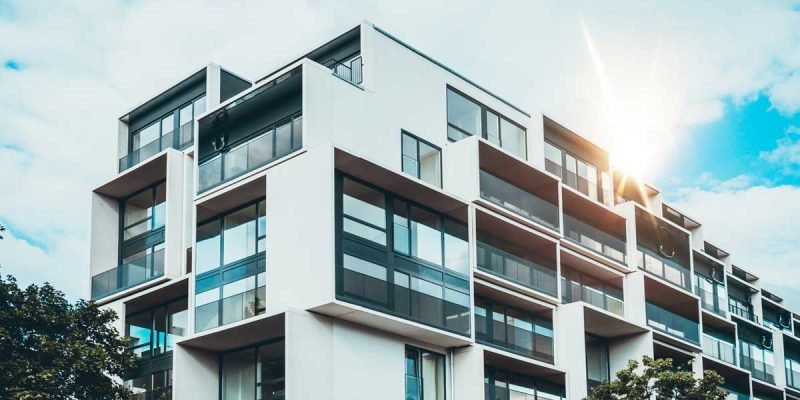







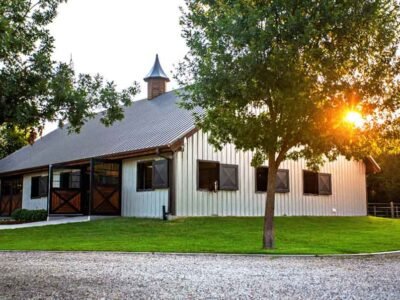





Comments